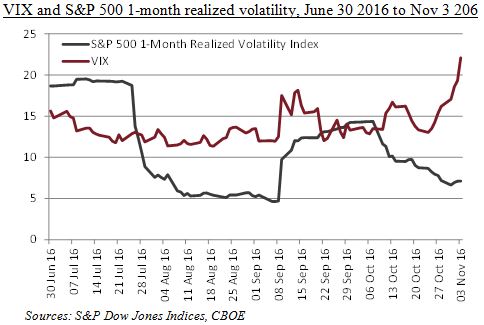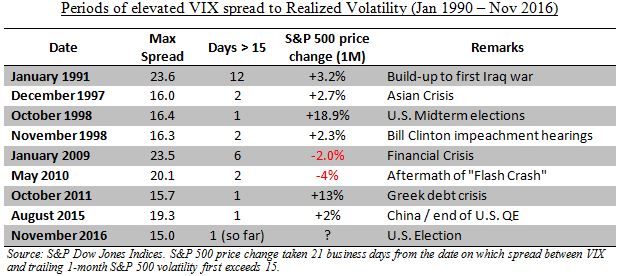I have few memories of my school French, but one of the fondest is of Moliere’s Monsieur Jourdain, who was delighted to learn in middle age that he had been speaking prose for the last 40 years. Similarly, I did not realize until recently that I was a “passivist,” as the Wall Street Journal has now anointed the advocates of passive investment.
Upon reflection, I’ve concluded that passivists are made, not born, and they’re made not by theoretical argument but rather by a series of empirical observations. The first of these is that most active managers fail most of the time, at least if we define “success” as active outperformance of passive benchmarks. This is powerfully illustrated by our SPIVA scorecards, but the observation that most active managers underperform is not new and is hardly original to us. Charles Ellis identified active management as a “loser’s game” more than 40 years ago, and more than 40 years before that, Alfred Cowles made a similar argument.
Second, when active success occurs, it tends not to persist. Our persistence scorecards demonstrate that an investor has a better change of flipping a coin and getting four heads in a row than he does of identifying a fund manager who will be above average four years in a row. This observation about the population of active managers does not mean that individual managers cannot be exceptions; famous examples like Warren Buffett and Peter Lynch come immediately to mind. But Buffett and Lynch are famous precisely because they are exceptional. If most active managers could outperform consistently, we wouldn’t know the names of the handful that do.
Third, a new generation of index products makes it possible to indicize strategies which were formerly the exclusive preserve of active managers. Smart beta or factor indices provide exposure to a wide range of additional factors which investors may find attractive. Importantly, factor indices make life more challenging for active managers. Consider, e.g., an active manager who historically has tilted away from his cap-weighted benchmark in a systematic way (perhaps by emphasizing value, or small size, or low volatility). The manager’s clients have had no way of disentangling how much of his performance is attributable to factor tilts and how much is attributable to stock selection beyond the factor. Now, factor indices make it possible for the client to obtain access to the factor itself, without the manager’s stock selection, and to do so transparently and at low cost.
These observations mean that the ranks of the passivists are likely to continue growing.
The posts on this blog are opinions, not advice. Please read our Disclaimers.










